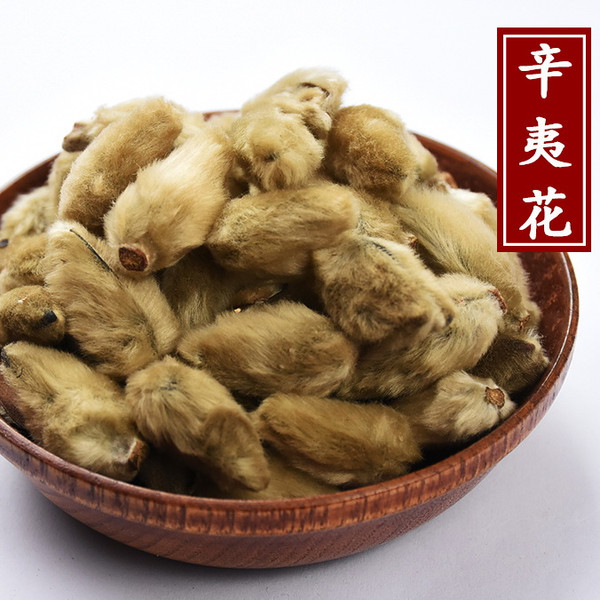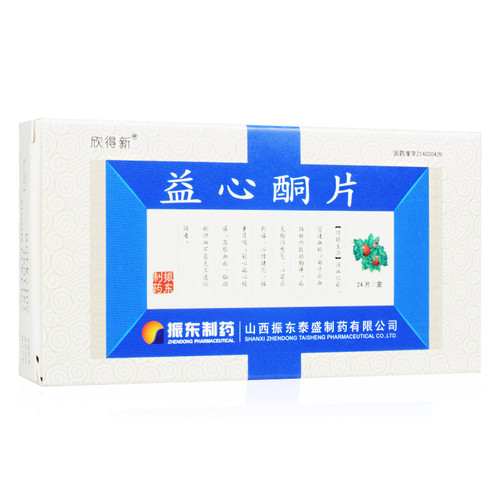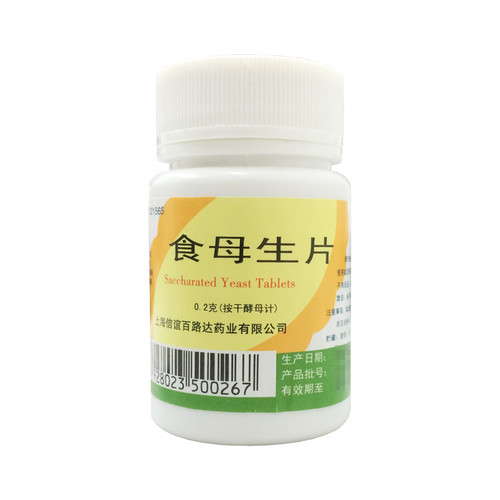Product Overview
Parts used: Dried flower bud
TCM category: Warm/Acrid herbs that release the Exterior
TCM nature: Warm
TCM taste(s): Pungent
Meridian affinity: Stomach Lung
Scientific name: Magnolia biondii
Other names: Hope for spring flower
Use of biond’s magnolia flowers (Xin Yi) in TCM
Please note that you should never self-prescribe TCM ingredients. A TCM ingredient is almost never eaten on its own but as part of a formula containing several ingredients that act together. Please consult a professional TCM practitionner, they will be best able to guide you.
Preparation: Remove impurities and slightly pan-fry the flower buds until the outside fine hair turn black
Dosage: 3 - 10 grams
Main actions according to TCM*: Releases the Exterior and dispels Wind-Cold. Relieves nasal congestion.
Primary conditions or symptoms for which biond’s magnolia flowers may be prescribed by TCM doctors*: Nasal congestion Headache Sinusitis Common cold
Contraindications*: This herb should not be used by those who are Yin Deficient with signs of Heat as it is very drying. Overdose may cause dizziness and/or red eyes.
Key TCM concepts behind biond’s magnolia flowers (Xin Yi)'s properties
In Traditional Chinese Medicine (TCM), biond’s magnolia flowers are plants that belong to the 'Warm/Acrid herbs that release the Exterior' category. Herbs that release the Exterior aim to to treat the early stages of diseases that affect the upper respiratory tract, the eyes, the ears, the nose, the throat or the skin. TCM believes that External diseases such as colds or allergies can only invade the body if the External environment overwhelms our Wei Qi (the TCM version of the immune system). In order to counteract this invasion Warm/Acrid herbs aim to induce sweating by increasing the flow of sweat to our capillary pores. The belief is that this will expel the disease from the body and stop it from invading further.
As suggested by its category biond’s magnolia flowers are plants that are Warm in nature. This means that biond’s magnolia flowers tend to help people who have too much "cold" in their body, although with less effect than a plant that would be Hot in nature. Balance between Yin and Yang is a key health concept in TCM. Those who have too much cold in their body are said to either have a Yin excess (because Yin is Cold in nature) or a Yang deficiency (Yang is Hot in Nature). Depending on your condition biond’s magnolia flowers can help restore a harmonious balance between Yin and Yang.
Biond’s magnolia flowers also taste Pungent. The so-called "five elements" theory in Chinese Medicine states that the taste of TCM ingredients is a key determinant of their action in the body. Pungent ingredients like biond’s magnolia flowers tend to promote the circulations of Qi and body fluids. That's why for instance someone tends to sweat a lot when they eat spicy/pungent food.
The tastes of ingredients in TCM also determine what organs and meridians they target. As such biond’s magnolia flowers are thought to target the Stomach and the Lung. In TCM the Stomach is responsible for receiving and ripening ingested food and fluids. It is also tasked with descending the digested elements downwards to the Small Intestine. In addition to performing respiration, the Lungs are thought to be a key part of the production chain for Qi and the body fluids that nourish the body.










